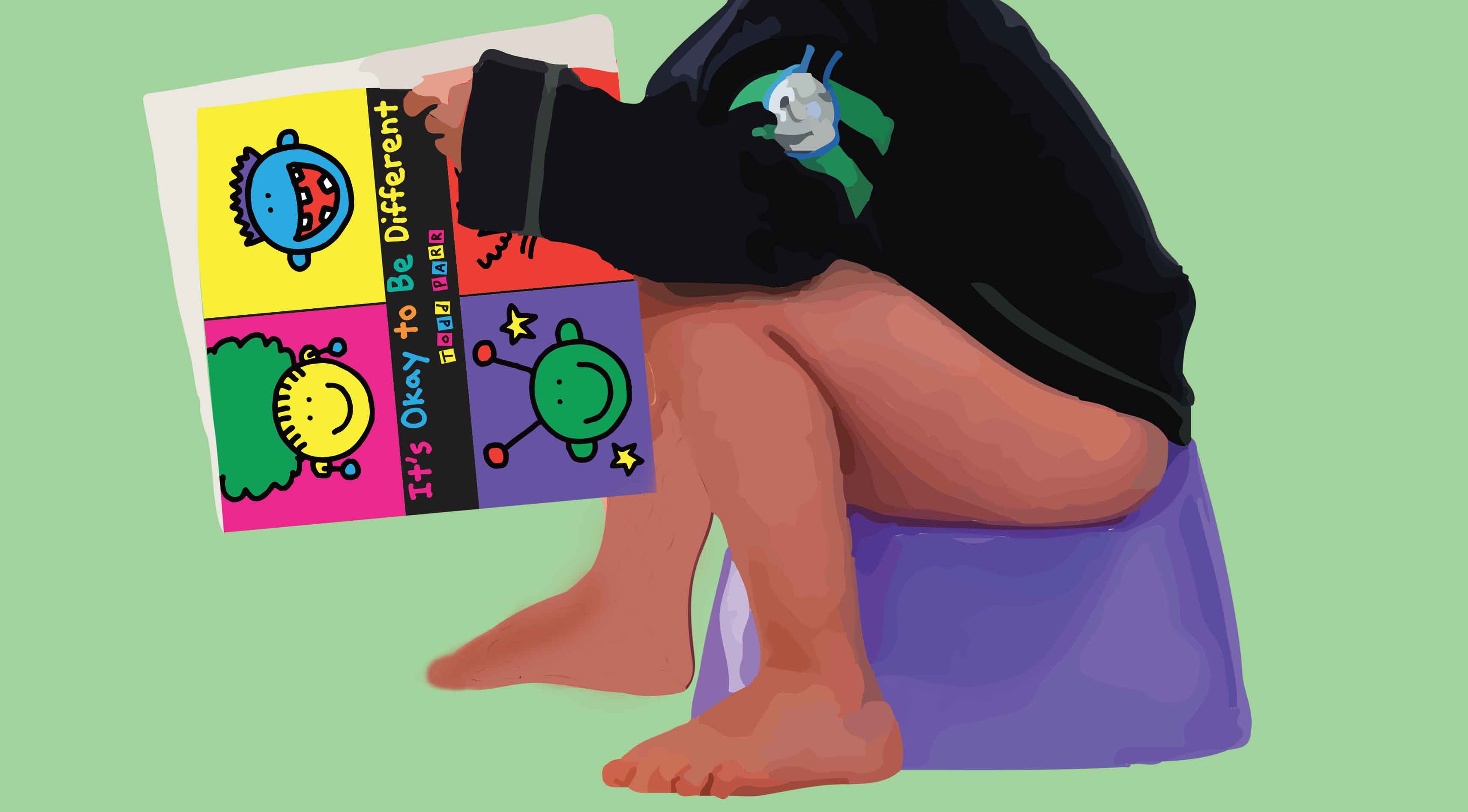Potty training is a very difficult time for both parents and the child. It’s a major transitional phase for the child and a huge milestone to reach. I’ve been watching a lot of videos on YouTube and reading articles about potty training. Most of them agreed that during potty training,it takes an average of two weeks to one month for your child to grasp the idea and start working on it. For a challenged kid it’s totally different. There are a lot of factors that you need to take into consideration before even thinking of potty training.
Here’s a list of things you need to consider before potty training:
- The physical ability of your child. If your child can’t hold his head up or can’t sit, then potty training is a bad idea.
- The mental ability of your child.Does she understand simple instructions or not? If she can’t, then potty training will be very frustrating for both of you.
- The weather.It’s always a better idea to start potty training in the summer.
- Does your child feel it when he is wet, or does he have a sensory problem and can’t feel the wetness?
Before telling you how to start potty training, I want to give you a piece of advice. Patience is the key to succeed. Don’t give up and let your child guide you to what you need to do next. What I will describe now I personally did, and I’ve been doing it for a year and a half now, and still working on it. Sometimes I succeed; sometimes I fail.
So here’s what I did.
First, I started taking Tala to the bathroom and showing her where it is. I keep emphasizing that whenever I need to pee, I go to the bathroom. I said this phrase loud and clear every single time I went to the bathroom, or when her father went to the bathroom: “I want to pee, so I will go to the bathroom”.
Then I started taking her to the bathroom and showing her how to flush.She loved the sound of the flush.Then I would take her to the sink to wash her hands and feet, and let her play with the water because she loves it. I wanted her to be comfortable in the bathroom; to like being there so she won’t think that it’s a scary place, and instead that it’s a place where she has fun. This took me a couple of months.
Then I started showing her videos of other babies sitting on the potty, and got her a doll that sits on the potty in front of these videos. We clapped and cheered the doll because she was peeing in the potty. During this process, I needed to create a sign for going to the bathroom because she can’t talk yet, and the sign for bathroom in sign language is too difficult for her, as she still can’t control her fingers properly. So I created a special sign for Tala that she is capable of doing.
The next step was buying her pull-ups instead of the normal diapers, as they look similar to underwear. I stopped using the word diapers and used underwear instead. We would say, “Tala will change her underwear, she’s a big girl” and “She’s wearing an underwear like Malak and Nadine” (her cousins).
After about five months of preparing her, I took her to the bathroom and put her on the potty. With Tala, stool was easier than pee. So I encouraged her to pass stool. We used to sit in the bathroom for an hour or so. I took her favorite book, her favorite toy, and sometimes the iPad–whatever keeps her distracted.
She didn’t pass anything the first couple of times.The first time she did, her father and I made a big deal of it.We showed her how proud we are. We clapped and whistled and I let her eat her favorite chocolate.I showed her the poop in the potty and we said goodbye. I carried her to reach the flush to make her feel that she is engaged in the whole process.
This process was repeated every hour, even if she didn’t pass any stool. Sometimes she peed. We still cheered her. This whole process, from the beginning of the article, has been happening for two years now. She can pass stool easily now, she can use the sign language for it. Peeing is very difficult for her, as the bladder muscles take time to develop –especially if the child is physically challenged.
When I realized that she couldn’t cope with peeing, I stopped pressuring her. I picked up on her pace and slowed it down so she won’t hate the whole thing.
Sometimes in the winter, because it’s too cold, she doesn’t want to go and didn’t tell me that she wants to go to the bathroom. It’s OK; don’t panic. There will be phases where your child will go back to wetting her pants. Sometimes it’s the weather, or something is bothering her.
Make sure you are always encouraging your child.Work according to his/her pace. Be patient; repeat the procedure whenever you need. Remind your child of the bathroom; make the bathroom a fun place to go, a safe place to go where he won’t be yelled at or judged.
Make sure you ask her doctor and therapist if she’s physically ready to start. I personally believe that if they are physically ready, the mental part is up to you. Repetition is the key.

